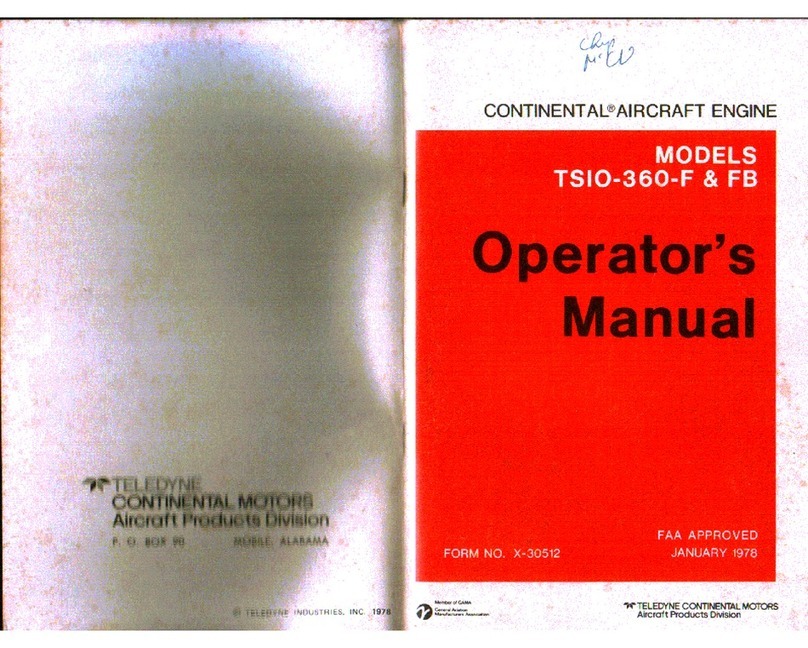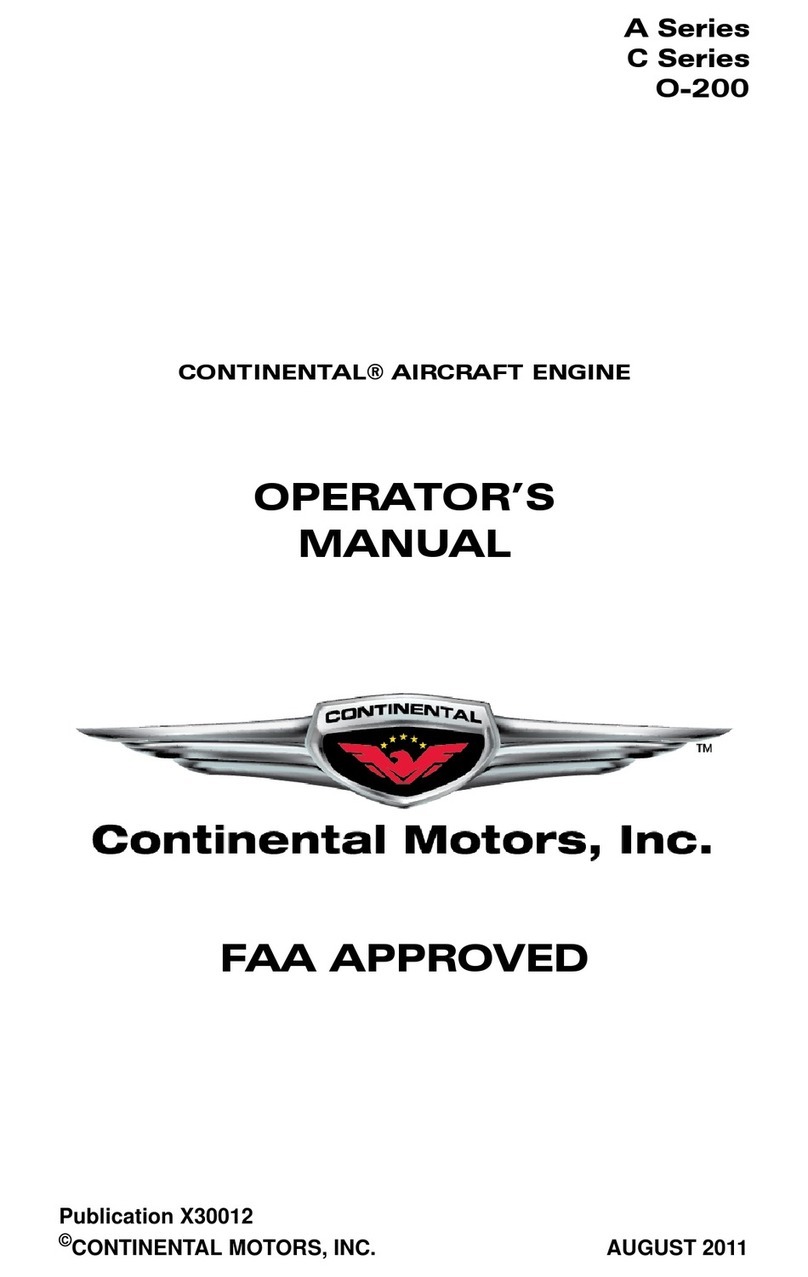Continental Motors GO-300-A User manual
Other Continental Motors Engine manuals
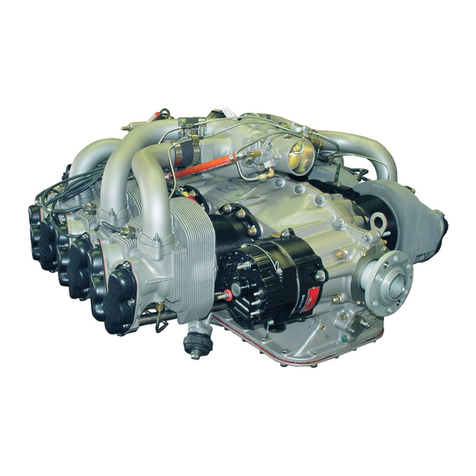
Continental Motors
Continental Motors TSIOL-550-C User manual

Continental Motors
Continental Motors N56 Troubleshooting guide

Continental Motors
Continental Motors TSI0L-550-C User manual
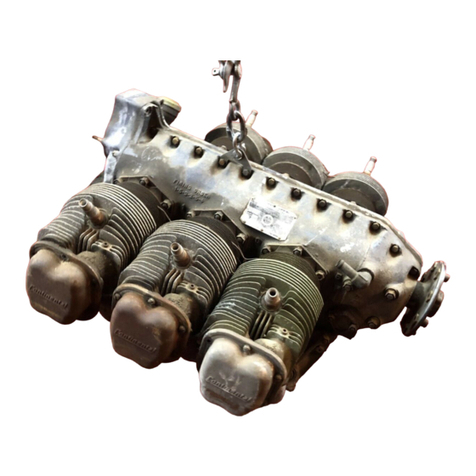
Continental Motors
Continental Motors C-125 User manual

Continental Motors
Continental Motors C75 Troubleshooting guide

Continental Motors
Continental Motors R688-46 User manual
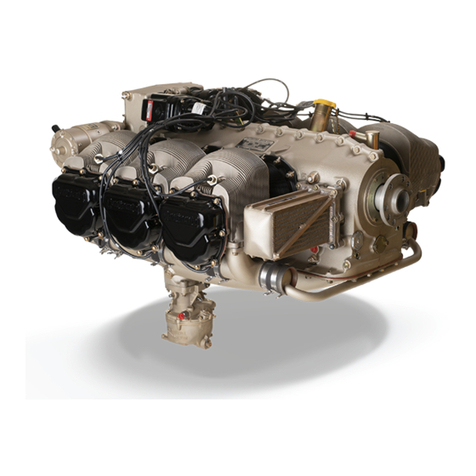
Continental Motors
Continental Motors O-470-B User manual

Continental Motors
Continental Motors O-200-D User manual

Continental Motors
Continental Motors TSIO-520-BE User manual
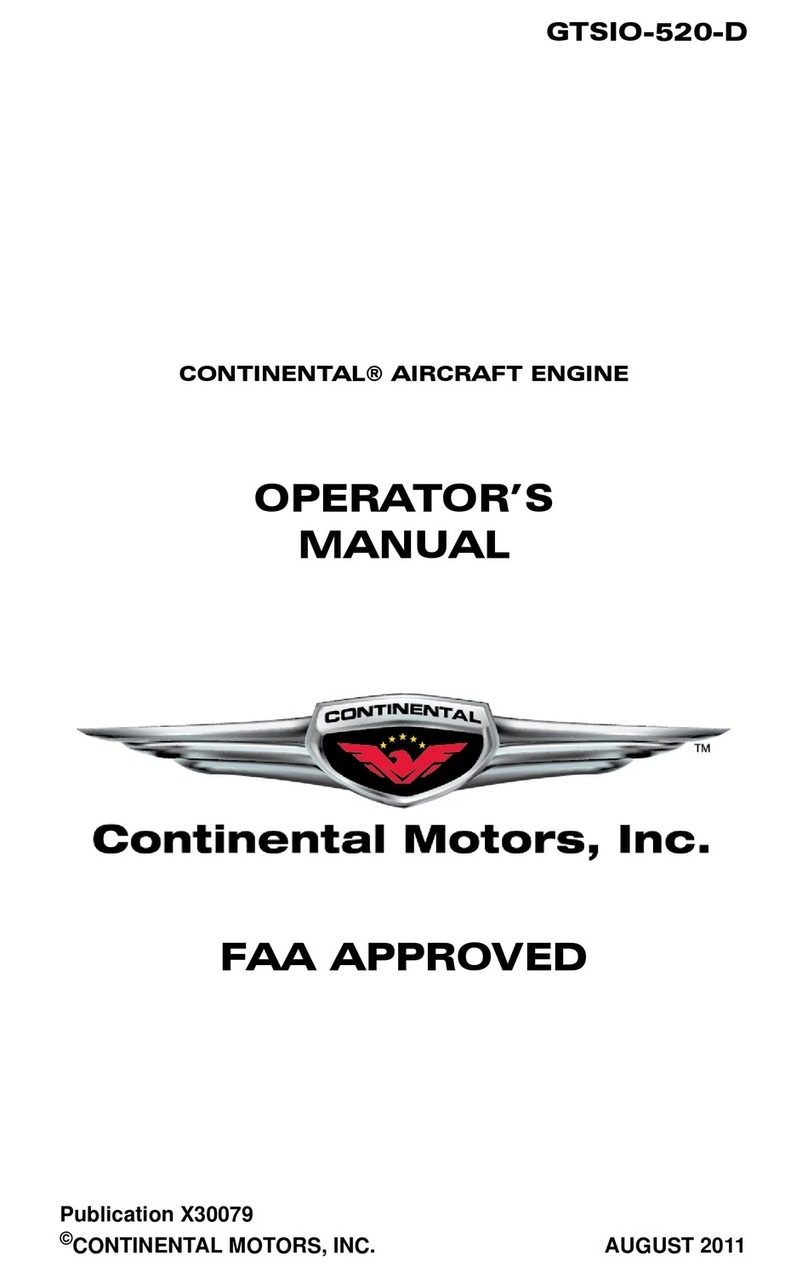
Continental Motors
Continental Motors GTSIO-520 SERIES User manual
